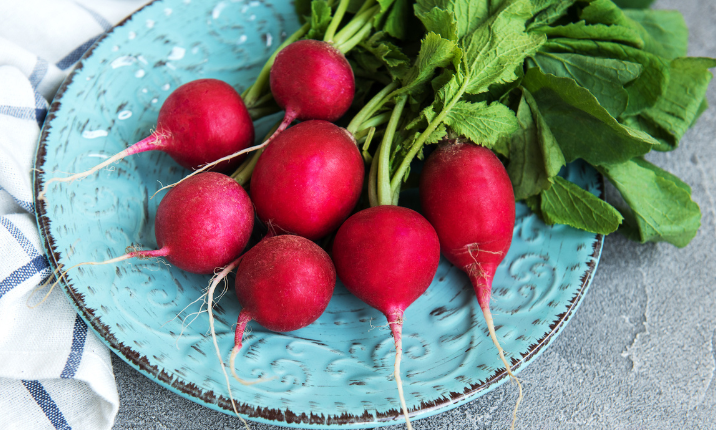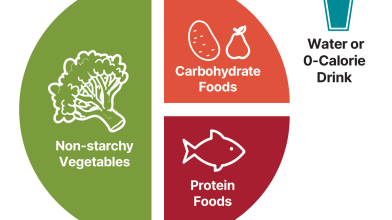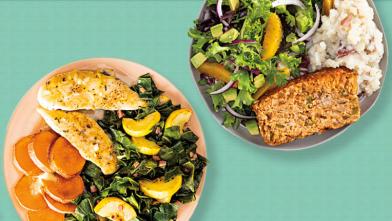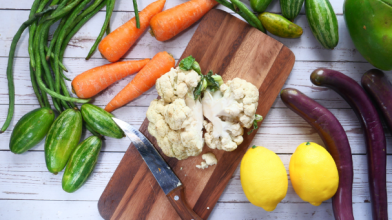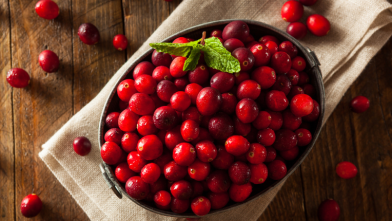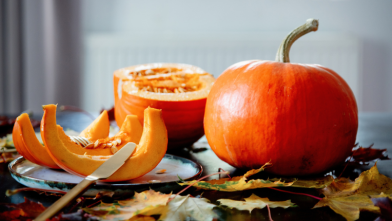
What Is a Radish?
Radishes are a root vegetable that belong to the Brassicaceae family, which also includes other vegetables such as broccoli, cauliflower, and cabbage. They come in a variety of shapes, sizes, and colors, from small and round to long and cylindrical, and from white to red to purple. They are known for their crisp texture and peppery flavor, which can range from mild to peppery.
Why Should You Eat Radishes?
Radishes are not only delicious, but also packed with nutrients. They are low in calories and high in fiber. One cup of sliced radishes contains only 19 calories and two grams of fiber.
They are also a good source of vitamin C, potassium, and folate. Vitamin C is an antioxidant that helps protect cells from damage, while potassium is important for maintaining healthy blood pressure levels. Folate is essential for cell growth and development, making it especially important for pregnant women.
How to Pick Ripe Radishes
When shopping for radishes, look for firm and unblemished roots with bright, vibrant colors. Avoid radishes that are soft or have brown spots. Choose radishes that are similar in size so they’ll cook evenly. Radishes can be eaten raw or cooked, and they are a versatile ingredient that can be used in a variety of dishes.
How to Cook Radishes
- Roast them: Roasting radishes brings out their natural sweetness and mellows their spiciness. Simply toss sliced radishes with olive oil, salt, and pepper and roast in the oven at 400 degrees F for 15–20 minutes, until tender and lightly browned.
- Sauté them: Sautéed radishes are a great addition to stir-fries, salads, or even pasta dishes. Heat a tablespoon of oil in a skillet over medium-high heat, add sliced radishes, and cook for 5–7 minutes until tender and slightly caramelized.
- Pickle them: Pickled radishes add a tangy crunch to sandwiches, tacos, or burgers. Simply slice the radishes thinly and place them in a jar with equal parts water, vinegar, and either sugar or sugar substitute, along with some salt and spices of your choice. Allow the radishes to marinate in the pickling liquid for at least an hour before serving.
- Add them to soup: Radishes can add flavor and texture to soups and stews. Try adding sliced raw radishes to a vegetable or chicken soup for an extra kick of flavor.
Recipes with Radishes

Roasted Radishes
While raw radishes are delicious with a flavor of spice and zest, roasting them bring out a level of sweetness that balances the spice. Roasted radishes are easy to prepare as a non-starchy root vegetable, making them a great option for people with diabetes.
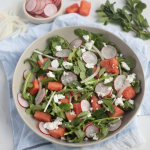
Radish Watermelon Arugula Salad
Impress your guests with this diabetes-friendly radish and watermelon arugula salad. This great summer salad showcases sweet watermelon with peppery radishes, crunchy onions, and a tangy dressing.

Radish Toast
If you are a fan of avocado toast, try this radish toast! Diabetes-friendly and filling, this recipe is great to serve as breakfast or brunch.
